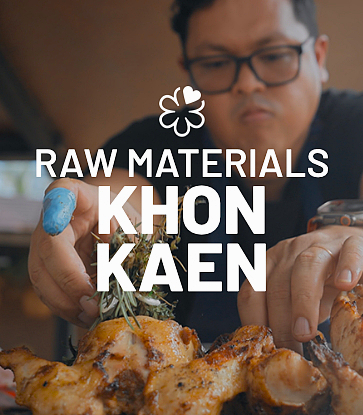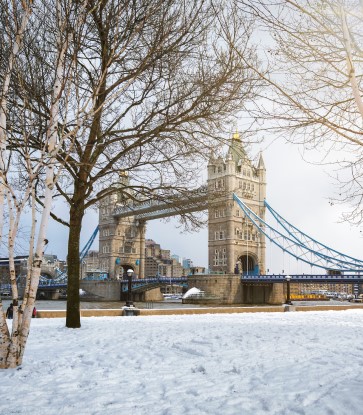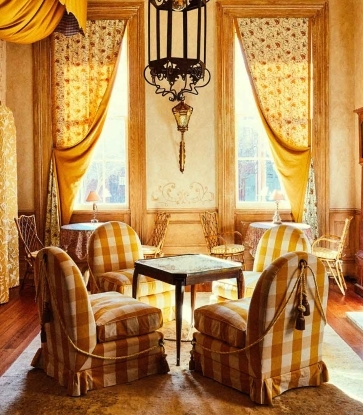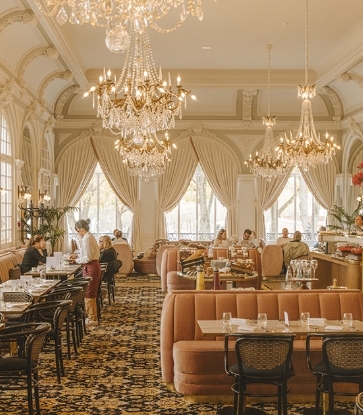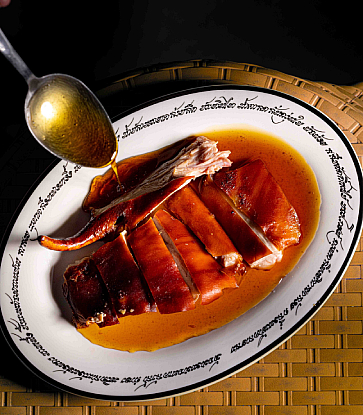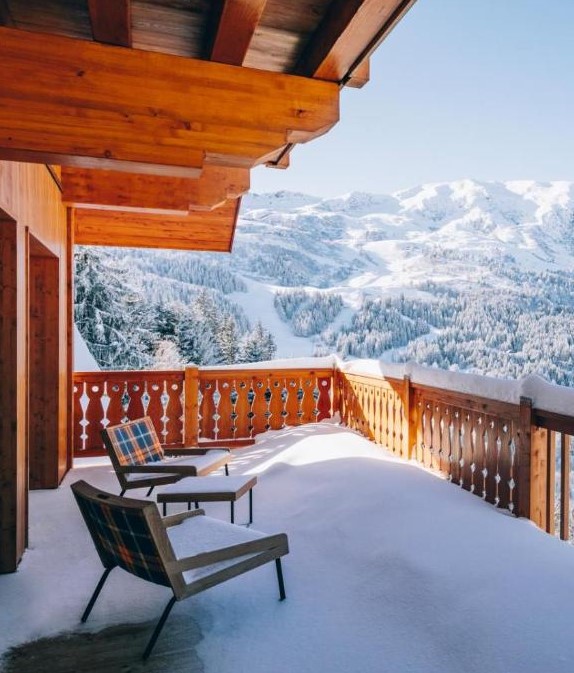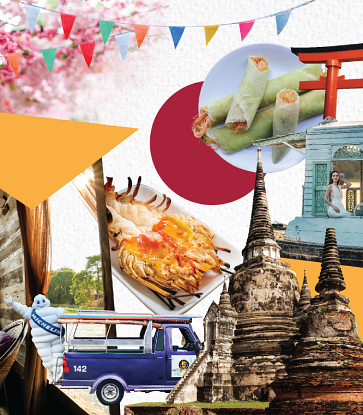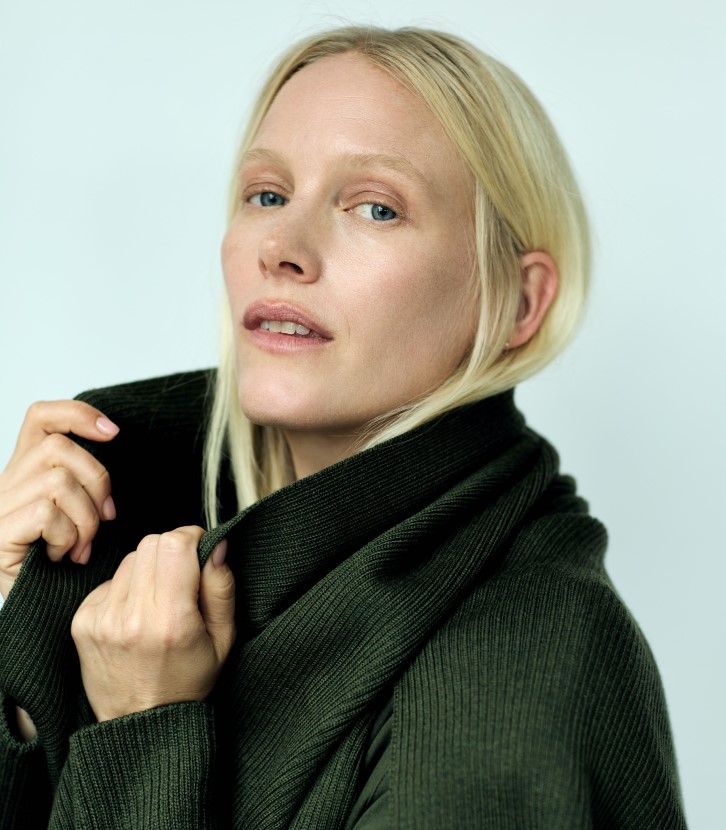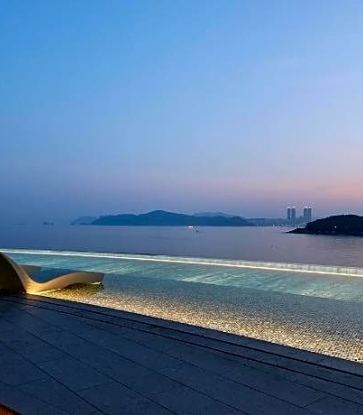There’s a standard checklist of what makes a great hotel: the quality of the accommodation, of course, as well as the service, dining options, landscaping, and a great bar — but rarely does anyone mention flowers. Sure, most hotel lobbies have them, but how many people actually think about them?
At the Mandarin Oriental, Bangkok’s legendary 150-year-old riverside institution and one of the only three MICHELIN Key recipients in the capital, flowers aren’t just background decoration. They’re an integral part of the hotel’s identity and a defining element of the guest experience.
.jpg)
It makes sense for the Mandarin Oriental Bangkok, with its lush gardens and old-world charm. It’s the sort of place travel writers can’t resist calling an “oasis,” all whispering palms and sun-dappled corridors framed by artful floral displays.
The man behind those displays is Thitiwat “Ken” Thanonnawan, the hotel’s in-house florist and a true pioneer in Thailand’s floral world. Raised in a family of gardeners, he developed a deep appreciation for orchids and tropical blooms early on, later honing his craft through formal floristry training. Over three decades of experience — including elaborate traditional arrangements for royal occasions — have shaped his approach. At Mandarin Oriental, Bangkok, he has developed a signature “freestyle” style rooted in Thai heritage but open to global influences in both form and technique.
Traditionally, Thai floral design leans heavily on geometric forms — especially circles and triangles. Thanonnawan’s work often pays homage to those structures, while also pushing boundaries. His arrangements are modern and minimal yet unmistakably Thai, much like how contemporary Thai chefs blend international techniques with local ingredients and seasonal nuance.
.jpg)
Naturally, sustainability plays a central role in his work. He avoids the use of green floral foam — commonly found in most arrangements — in favour of more eco-friendly alternatives that preserve the life of the blooms. Dried flowers also feature prominently in his designs, often so fresh-looking they become a kind of botanical optical illusion.
As with any creative craft, technical experimentation is essential. Thanonnawan is currently working on a project to preserve and dye bougainvillea blossoms — a tricky feat given their delicate nature.
But after more than 30 years in floristry, the toughest part for him isn’t the arranging. It’s the behind-the-scenes grind: managing expectations, sourcing materials, navigating logistics — all the invisible work that goes into producing something exquisite at scale.

So, what does the finished product look like?
Recent lobby displays have featured giant hanging cage structures strung with elegant chains of white blooms, like floral chandeliers. Looping designs like this draw from traditional Thai malai garlands, which are often interwoven with another flower. The result is always something striking yet subtle — clearly Thai, even if it’s hard to pinpoint exactly why. As every season has its blooms — and every season its festivals — Thanonnawan draws inspiration from the Thai calendar for each quarterly refresh. In Spring, the display usually nods to Songkran. In the monsoon season, thick foliage, plenty of orchids, and a dash of tropical drama are usually high on the agenda.

If one subscribes to the American podcaster Roman Mars’ theory that “design is 99 per cent invisible,” then it follows that the things we overlook are worth a closer look. At the Mandarin Oriental, Bangkok, that might just mean pausing for a moment by the flowers. Anyone can snap a photo — but linger a little longer, and you might just catch a glimpse of true craftsmanship.
Illustration image: © Anuwat Senivansa Na Ayudhya/ MICHELIN Guide Thailand



